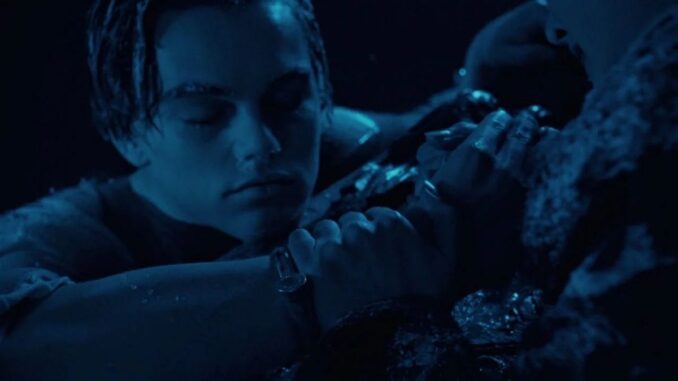
A Frozen Myth: James Cameron Thaws Out the Titanic Debate
The sinking of the Titanic, a tragedy steeped in history and myth, continues to fascinate and haunt our collective imagination. But beyond the human cost and the technological hubris, one particular element of the disaster has remained stubbornly lodged in the popular consciousness: could Jack Dawson, the charming artist, have survived alongside Rose DeWitt Bukater, his aristocratic lover, on that infamous piece of floating debris? James Cameron, the architect of the blockbuster that reignited the Titanic's legend, spent years fielding this question, a relentless barrage of inquiries fueled by armchair engineers and lovelorn viewers. He finally decided to put the debate to rest, not with philosophical arguments or artistic license, but with cold, hard science. This wasn't merely a director defending his artistic choices; it was a filmmaker obsessed with precision, a technological innovator determined to dissect the narrative he himself had crafted.
Cameron’s "Titanic" is a testament to his dedication to accuracy. He painstakingly recreated the ship's interiors, scoured historical archives for details, and even ventured to the wreck site itself, pushing the boundaries of filmmaking technology to capture the tragedy in all its devastating grandeur. Yet, the question of Jack's fate gnawed at him. The film became more than just a story; it was a historical event etched in celluloid, and he felt a responsibility to address the persistent doubts. This wasn't about ego; it was about a compulsion to understand the physics and the reality of the situation, to separate fact from fiction.
The documentary that chronicled Cameron’s experiments, meticulously titled “Titanic: 25 Years Later with James Cameron,” became a scientific autopsy of that final, agonizing scene. He didn't rely on intuition or speculation. Instead, he recruited experts in hypothermia and buoyancy, commissioned elaborate mock-ups of the door, and subjected it to a battery of tests using stunt doubles with similar body mass to Leonardo DiCaprio and Kate Winslet. These were not mere reenactments; they were controlled experiments, designed to rigorously analyze the variables at play: water temperature, buoyancy distribution, the onset of hypothermia, and the ability to maintain a stable position.
The results, while perhaps not satisfying to the romantic heart, were scientifically compelling. Several scenarios were tested, with the aim of recreating the exact conditions depicted in the film. One by one, the myths were debunked. Could they both have gotten fully on the door? Initially, no. Could they have modified it to be more buoyant? With some ingenuity, perhaps, but the critical factor proved to be Rose's life jacket. It provided the necessary buoyancy to keep both of them stable and out of the frigid water for a significant period. Without it, the door would simply sink, dragging them both into the icy depths.
This scientific pursuit transcended the realm of filmmaking. It was a testament to the power of the scientific method to shed light on even the most emotionally charged narratives. Cameron's experiment wasn’t just about proving a point; it was about exploring the limits of human endurance, the impact of environmental factors, and the importance of even the smallest detail in a life-or-death situation. He demonstrated how a scientific lens can be applied to art, not to diminish its emotional power, but to enhance our understanding of the events it depicts.
Ultimately, the documentary concluded that, under specific circumstances, Jack and Rose could have both survived. But those circumstances were highly contingent, relying on modifications to the door and, crucially, Rose's life jacket. The film's portrayal of Jack's sacrifice, therefore, remained plausible, a tragic consequence of the limitations imposed by the environment and the resources available.
James Cameron's revisiting of the Titanic, in this scientific and methodical manner, highlights the enduring power of the story and the human desire for closure. It reminds us that even fictional narratives can be subjected to rigorous scrutiny, and that the pursuit of truth, however small the piece, is always worthwhile. In thawing out the frozen debate surrounding Jack's fate, Cameron offered more than just a scientific explanation; he provided a fascinating glimpse into the intersection of art, science, and the enduring legacy of the Titanic. He proved that even in the realm of cinematic fantasy, the pursuit of accuracy can be a powerful and illuminating endeavor. The story remains a tragedy, but now, thanks to Cameron’s relentless curiosity, it is a tragedy grounded in a deeper understanding of the physics and the brutal reality of that fateful night.
